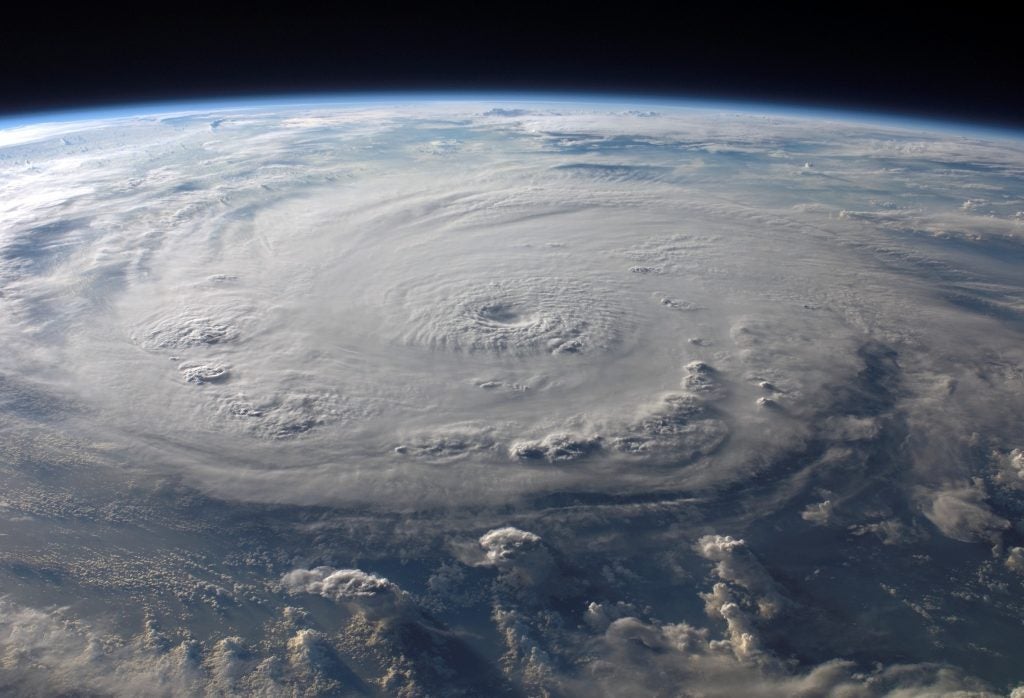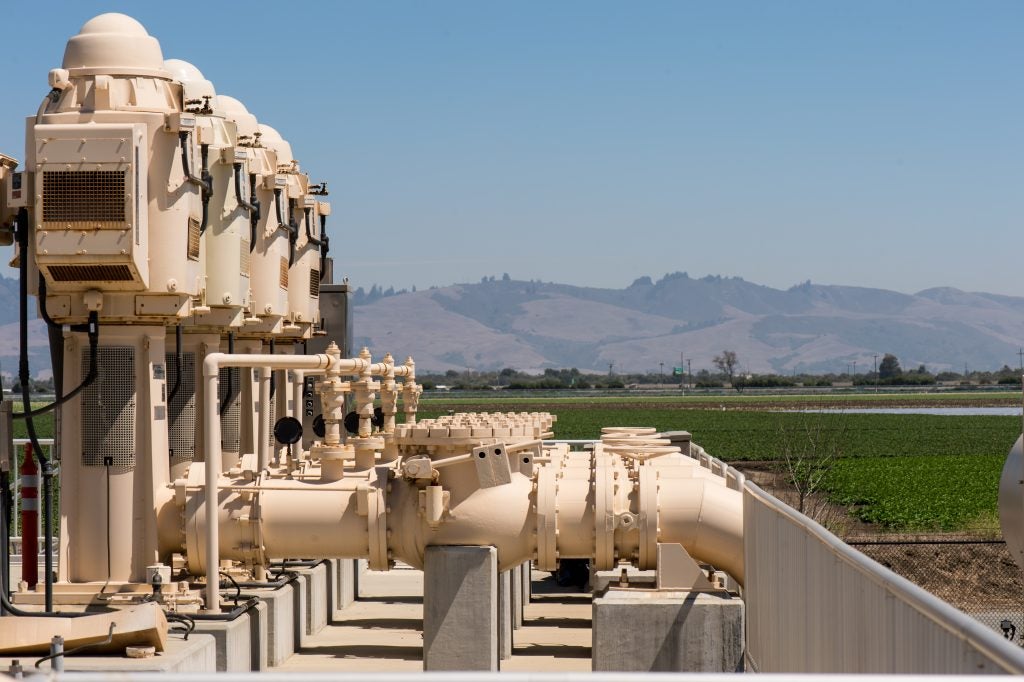Every day farmers across the U.S. face unprecedented pressures from a variety of factors, including policy and regulations, markets and trade, and variability in input costs. With extreme weather becoming a new normal and the global population climbing toward 11 billion people by 2100, it is imperative that we build a food and agriculture system that can absorb and recover from these stresses.
This summer, Environmental Defense Fund, National Corn Growers Association and Farm Journal Foundation convened a stakeholder dialogue about the challenges facing the agriculture industry and recommended paths forward.
A new white paper [PDF] summarizes key findings from the discussion, which also included ideas for better equipping farmers with the tools and incentives they need to identify and adopt climate-smart solutions.
Here are four policy and market opportunities that can help boost agricultural resilience. Read More














